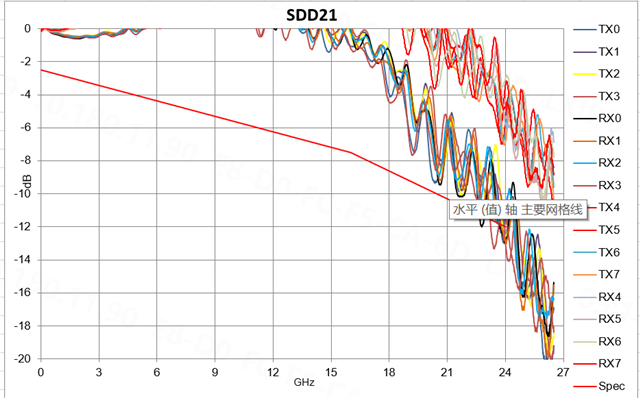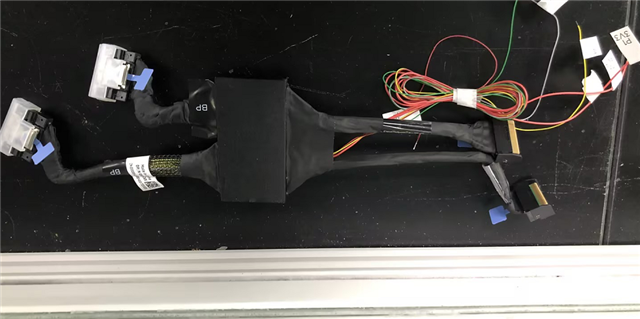Other Parts Discussed in Thread: SN75LVPE5412, DS160PT801
Hi Team,
My customer is testing DS320PR810 for a PCIe 5.0 cable. With the EQ turned off, the test specifications cannot be met. The curve obtained from the test is as below. And the picture of customer's cable is also attached.


There are some questions here.
- Please share the method or test guide for testing PCIE5.0 cables.
- What are the parameter indicators that need to be tested?
- What is the difference between linear redriver and limiting redriver? Is there any AN you can share with customers? Which one should be chosen for making this type of cable?
Regards,
Hailiang

